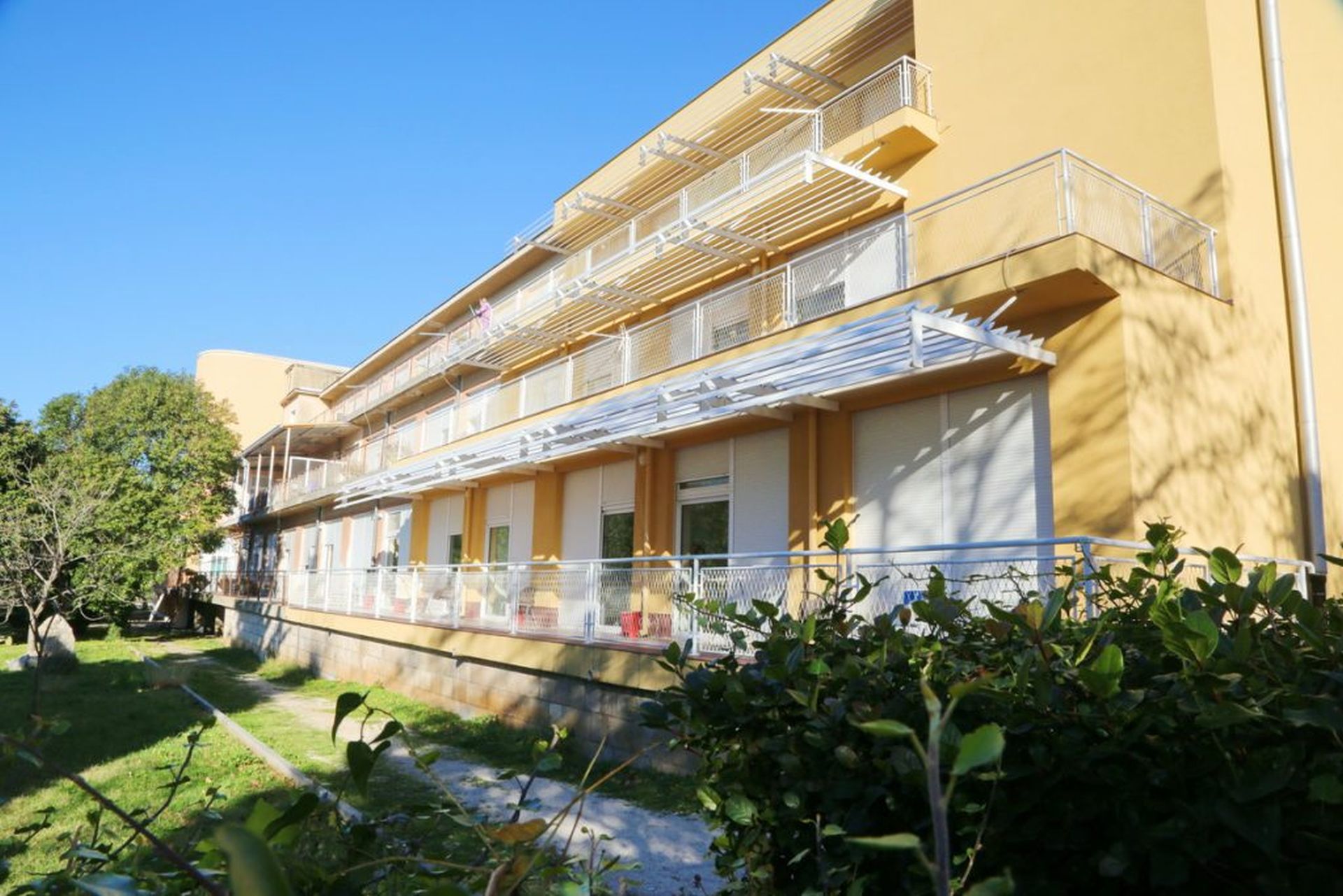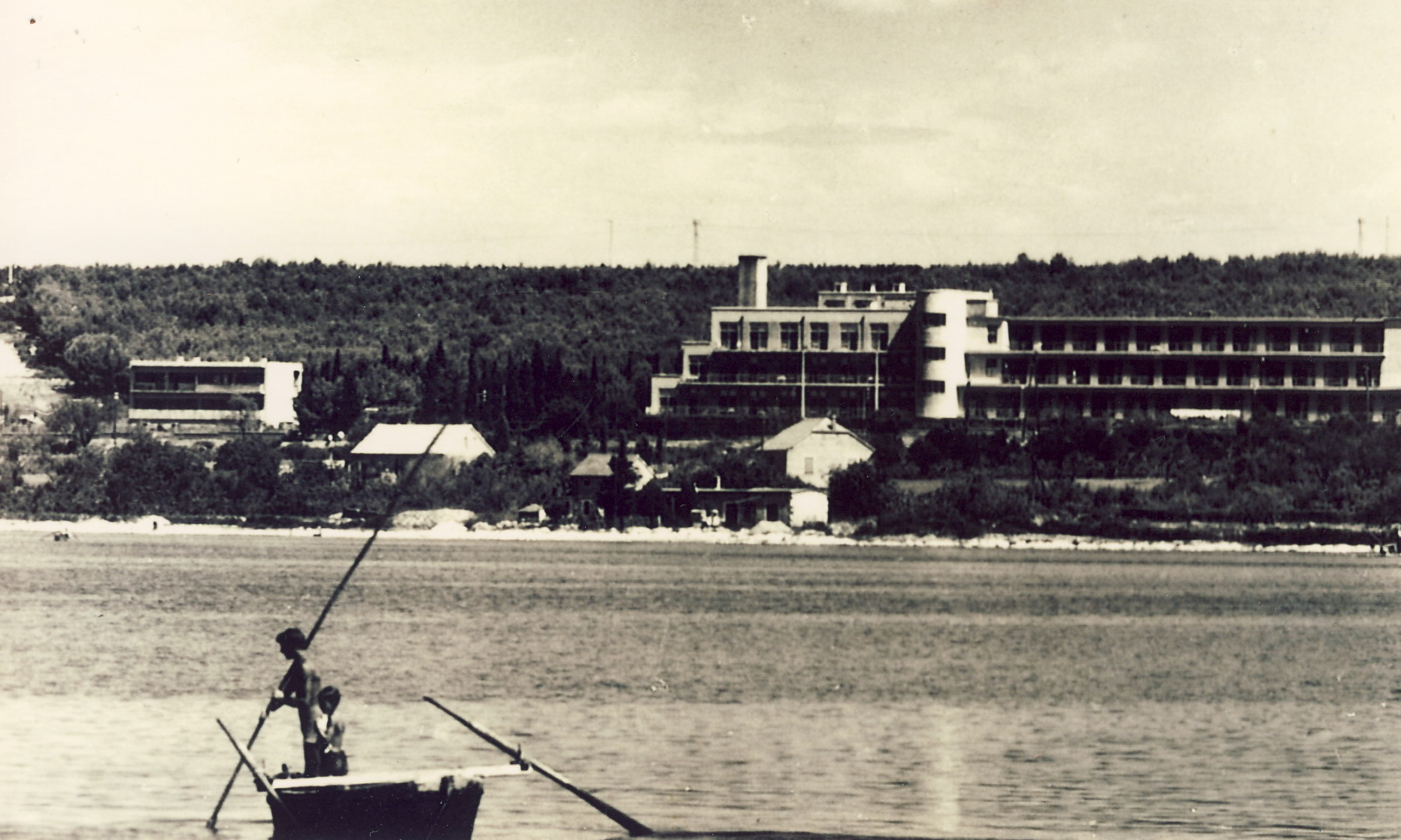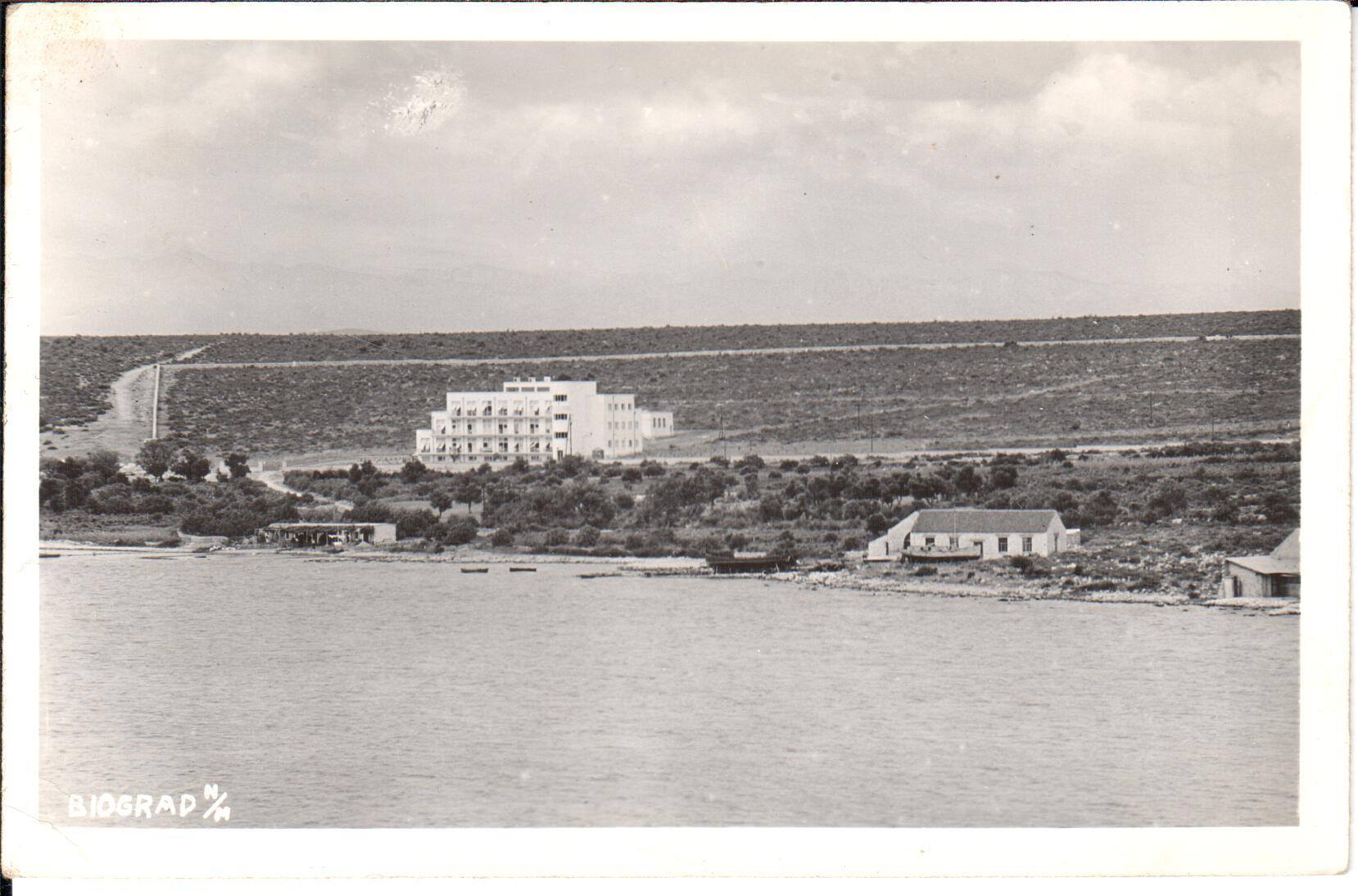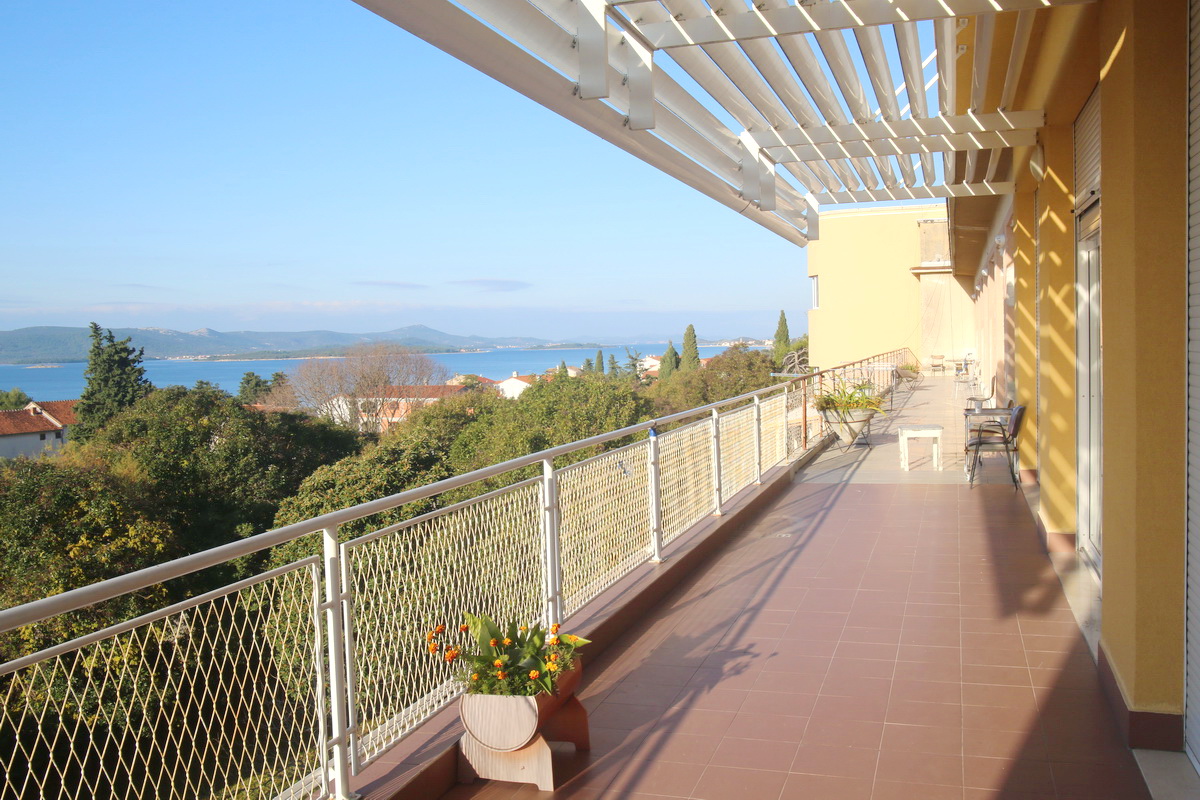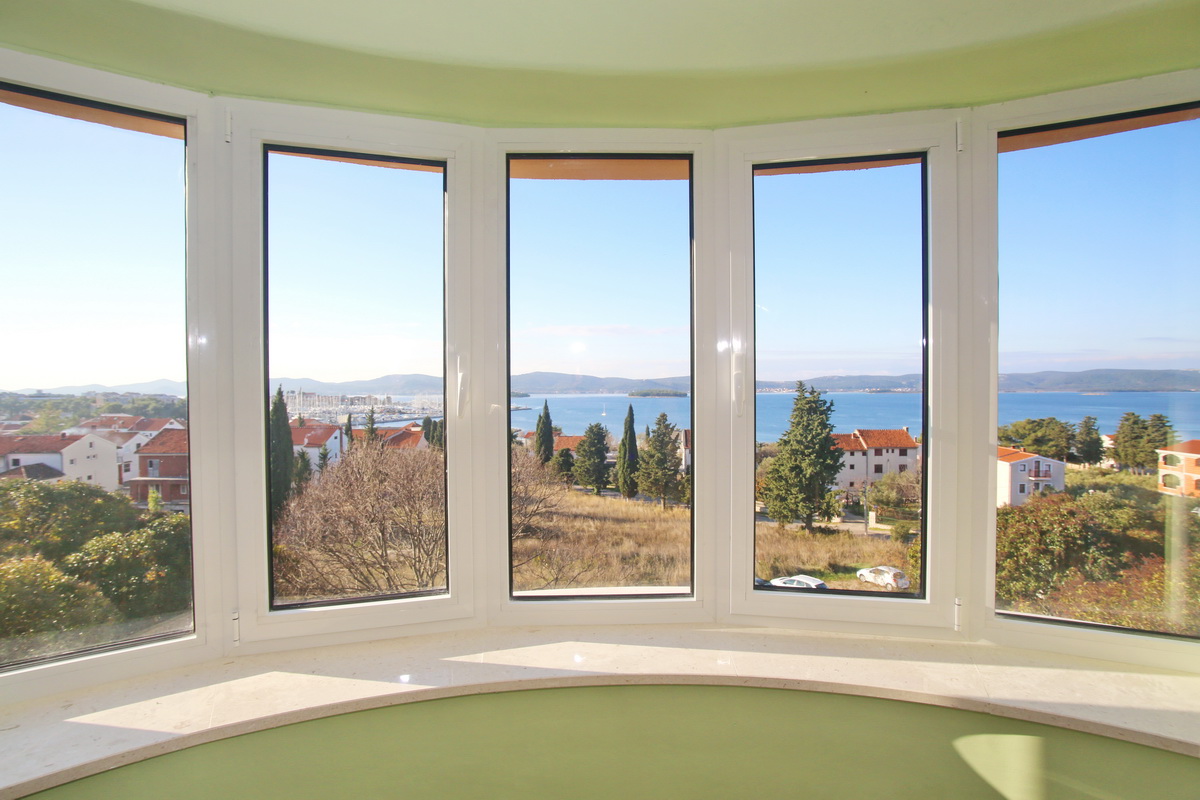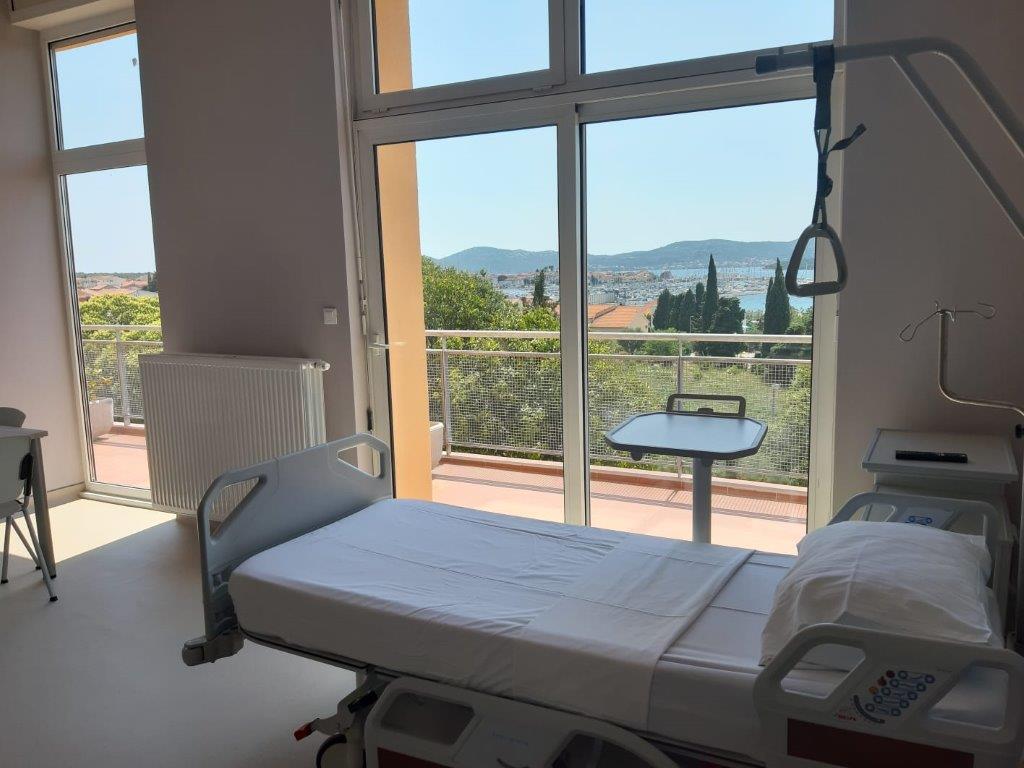History
The construction of this hospital began in 1932 and the works began in 1936. The first manager was Dr. Niko Barisic, a surgeon. It was general hospital with about 60 beds, and very soon 80 beds were registered (internist, surgical, maternity and 10 beds for infectious patients). The staff was of about 30 members, and the medical staff consisted of 2-3 physicians and several nuns- nurses.
Throughout the Second World War the hospital changed its name to the 8th Corpus Hospital and was later was Army Hospital. From September 25, 1945, the hospital operated under the name District Hospital. The severe war legacy, such as limb injuries with chronic festering and the great number of patients with bone and joint TB imposed the need for mass care of such patients in a specialized institution. Thus, in 1946, from General Hospital it became Hospital for Bone TB.
Bone and joint TB: the joints that carry the weight of the body are most commonly affected, but the bones of the wrist, fist and elbow can also be affected, especially after an injury.
In 1952, the so-called hospital south wing was added whereby capacity was increased to 200 beds. Due to these issues, school classes for children, occupational and occupational therapy, and a modest volume of physical procedures were organized.
Daily movie theaters were organized in the summer, as well as entertainment on the plateau in front of the hospital, which patients followed from their beds.
The pathology of the people changed with the improvement of the standard of life. The treatment team of physicians turned to congenital anomalies, degenerative and rheumatic diseases, and trauma of the locomotor tract. In 1961, the hospital was renamed the Orthopedic Hospital. Medical profiles were being formed, a transfusion cabinet and intensive care unit were created, and a modern pediatric ward was adapted.
Orthopedics is a medical specialty that deals with the study, prevention and treatment of diseases of the movement system. The name orthopedics comes from the Greek word orthos, which means straight, upright, and from the word paidion meaning child.
The first halothane anesthesia was performed in the hospital in 1964, as well as first endoprosthetic replacement of the joint, which was rarely performed in other institutions. 1965 Orthopedic Days were held in Biograd. In 1977, another Orthopedic Day was held in recognition of the professional work of the medical team. During 1985, the construction of the Department of Physical Therapy and Rehabilitation began.
Quality and timely physical therapy and rehabilitation after surgery is an essential factor in determining the course and speed of recovery.
The hospital did not meet the Homeland War unprepared. In August 1991, a war hospital was built in the underground corridor, with about 60 beds. A complete life was organized in almost impossible conditions, including the surgery room. Thus, the hospital operated for 22 months. During the Homeland War, the hospital was working as a civilian and wartime medical institution.






